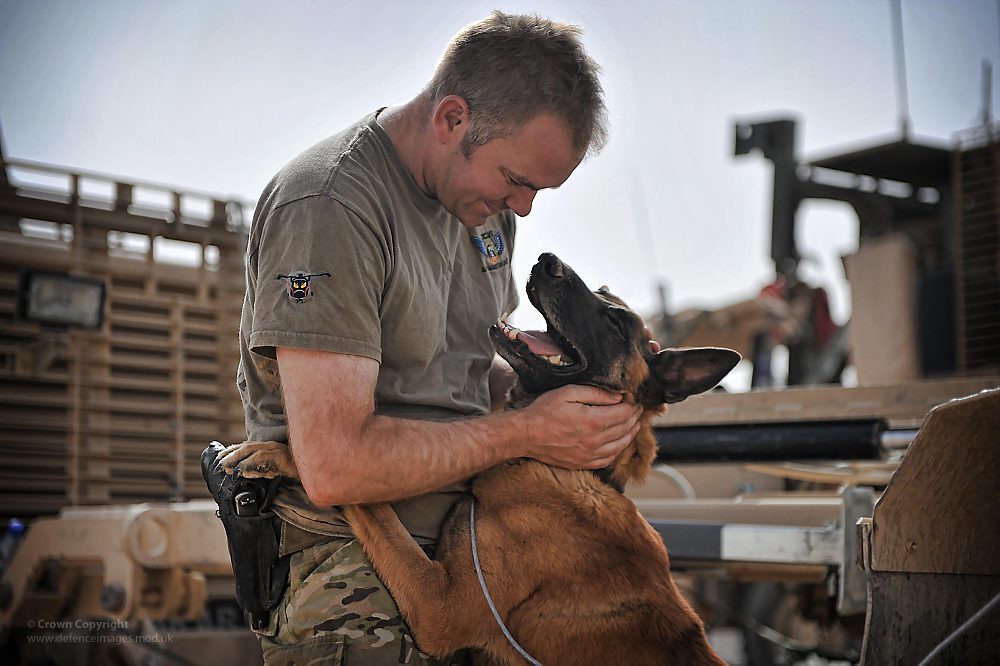Recently we wrote about Channing Tatum’s film Dog, released earlier this month. Those of you who have already seen this his road movie, will know the story. An Army Ranger transports a Belgian Shepherd dog to the funeral of Lulu’s (the dog) former army owner. K9 Veterans day in the US (13th March) so let’s look at the work that dogs do in the armed forces and military.
As the Dog movie shows, the Malinois breed is a force to be reckoned with, and in real life dogs of this breed are the exclusive choice for highly physical Navy Seals operations.
Canines in wartime
A variety of breeds were used in combat during the 20th Century. Exmples include Alaskan Malamutes, which pulled sleds in WWII, hauling equipment across cold and rugged terrain. They also searched battlefields to find survivors who needed to get aid. Doberman Pinschers were also trained to rescue soldiers.
Boxers - trained to communicate messages between two posts in the days before radio comms. During World War I, The Belgian army trained dogs of the the Flanders Bouvier breed to pull stretchers and carts.
After Pearl Harbour in 1942, the United States took note of European use of dogs in service. Arlene Erlanger founded Dogs for Defence, which aimed to fully train them to meet the needs of the job.
K9 Veterans day - March the 13th marks the birthday of the K9 Defence Corps.
Dogs currently in UK armed forces
Belgian Malinois German, and Dutch Shepherd dogs all play a part in the UK armed forces, as do various other breeds. They often work with protection teams to provide basic security to soldiers on operation, either on patrol or stationary. The dogs are trained to chase, bite and hold would-be intruders. Springer Spaniels search vehicles coming into the gates, and will look for arms, ammunitions and explosives. Labradors are also trained to do this.
Malinois Sheherds are often favoured for special operations (as used by the US Navy Seals), due to their stamina, bravery and effectiveness at being able to take down an opposition. If you are in doubt, see below.
Royal Army Veterinary Corps (RAVC)
The RAVC works closesly with the MWD (below) to procure, train and ensure the welfare of working dogs in the army. It also supports the health and welfare of other animals, such as the Household Cavalry. As dogs have become the main animals trained to engage in combat situations, a great deal of the corp’s time and resources goes towards them.
Military working dogs (MWD) regiment - UK
Today in the UK, the MWD with its aim to ‘protect and detect’, prepares military working dogs and veterinary personnel to integrate canines into service. The regiment employs a number of dog handlers who often work with ones that can perform specialist tasks - like sniffing out explosives. The regiment’s Facebook page frequently features dogs and their handlers (see below)
When a dog comes to the end of service, the regiment looks for a suitable owner to rehome. Recently on Facebook, it posted that MWD Yiska was ‘searching for a sofa and snuggles for his retirement’.
People interested in rehoming a former MWD dog can email. As well as regular service personnel, the regiment (based at North Luffenham, Rutland) also recruits reserve volunteers, who are ‘committed, enthusiastic, and willing to learn’ (Gov.uk) .
Would you like to give your dog something amazing each month? Try our themed boxes!



Leave a Comment